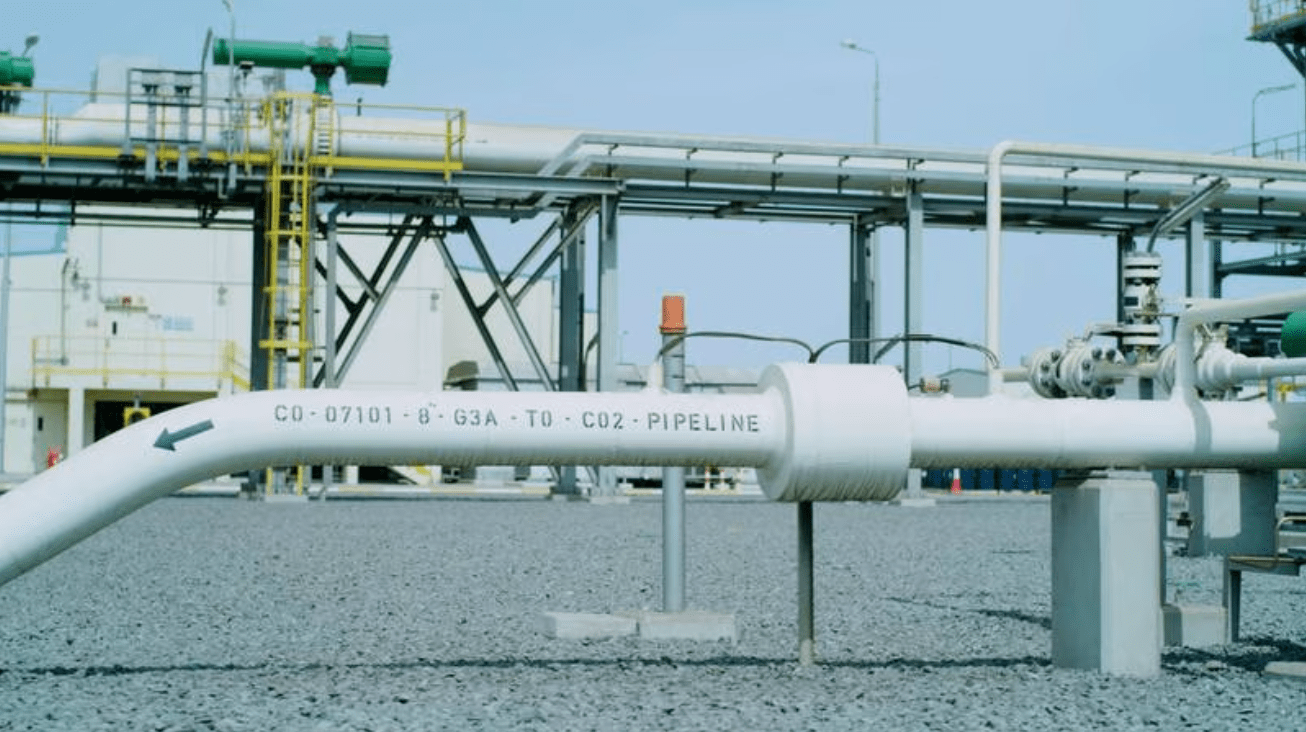Adnoc will develop one of the largest carbon capture projects in the Mena region as it continues with its focus on decarbonisation.
The Habshan carbon capture, utilisation and storage project will be able to capture and permanently store up to 1.5 million tonnes a year of carbon dioxide within geological formations deep underground, the state-run energy company said on Wednesday.
“The Intergovernmental Panel on Climate Change has stated that carbon capture and storage is a critical enabler for the world to achieve net zero by mid-century,” said Musabbeh Al Kaabi, the company’s executive director of low carbon solutions and international growth.
“This landmark project is one of many tangible initiatives that Adnoc is delivering as we accelerate our decarbonisation plan to meet our net zero by 2045 ambition.”
Capture, utilisation and storage involves the trapping of carbon dioxide emissions from industrial activities such as steel and cement production, as well as from fossil fuel combustion in power generation.
Subsequently, the captured carbon is transported either by ship or through pipelines and securely stored in subterranean geological formations.
Global carbon capture uptake needs to expand 120 times from current levels by 2050, rising to at least 4.2 gigatonnes a year, for countries to achieve their net-zero commitments, according to McKinsey.
The latest project is expected to triple Adnoc’s carbon capture capacity to 2.3 million tonnes a year, which is equivalent to removing over 500,000 petrol-powered cars from the road per year, the company said.
The project, to be built, operated and maintained by Adnoc Gas, will include carbon capture units at the Habshan gas processing plant, pipeline infrastructure, and a network of wells for CO2 injection.
“As Adnoc continues its transformation towards a lower carbon future, it is our intention to make further investments to significantly reduce our emissions, including in carbon capture and storage, and push the boundaries of innovation and technology with our partners,” Mr Al Kaabi said.
Adnoc, which plans to reach net-zero emissions by 2045, has allocated $15 billion to invest in a range of projects up to 2030, which will help it to hasten its low-carbon growth strategy.
Last month, Adnoc and US oil and gas company Occidental Petroleum signed an agreement to evaluate investment opportunities in carbon capture and storage in the UAE and the US.
The state-run energy company and Occidental are partnering “with a view to develop a carbon management platform to accelerate the net-zero goals of both companies”, Adnoc said.
The agreement is part of the US-UAE Partnership for Accelerating Clean Energy, a $100 billion partnership between the two countries announced last year.
In January, Adnoc said it would undertake a pilot project with British-Omani sustainability company 44.01 to permanently convert carbon dioxide from the air into a mineral within rock formations in Fujairah.
The project, which is also being carried out in partnership with the Fujairah Natural Resources Corporation and Masdar, will involve the use of technology that permanently mineralises carbon dioxide.
Carbon dioxide transportation is shifting to the seas as emitters look to move captured gas to offshore storage projects, according to Rystad Energy.
A fleet of 55 carriers will be required by 2030 to ship more than 90 million tonnes of CO2 a year, along with 48 terminals to handle the import and export of the gas, the Norway-based consultancy said in a report this week.
